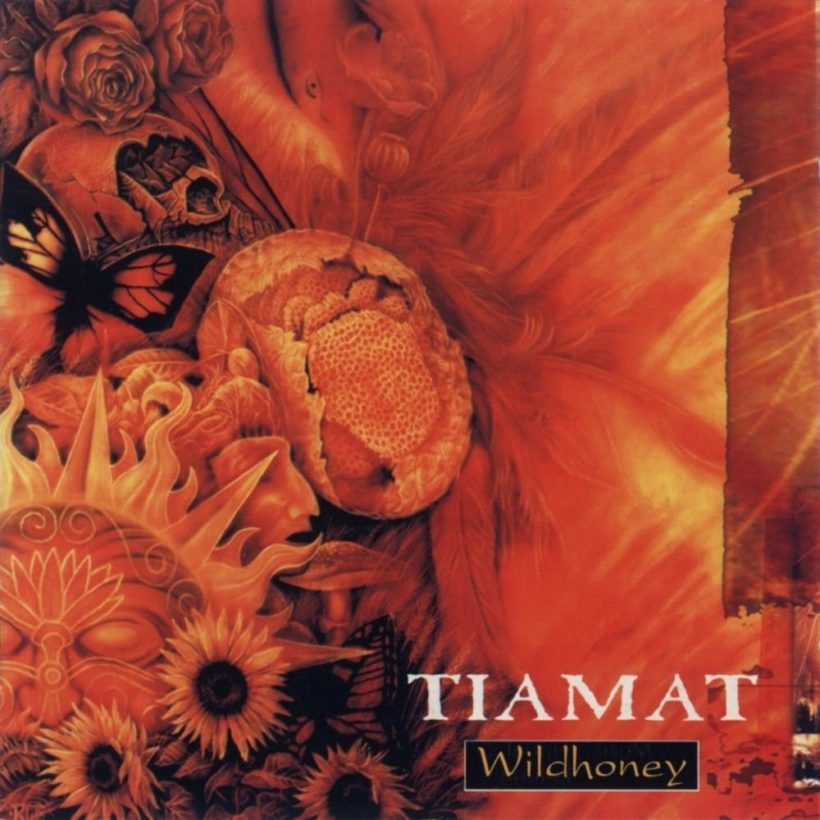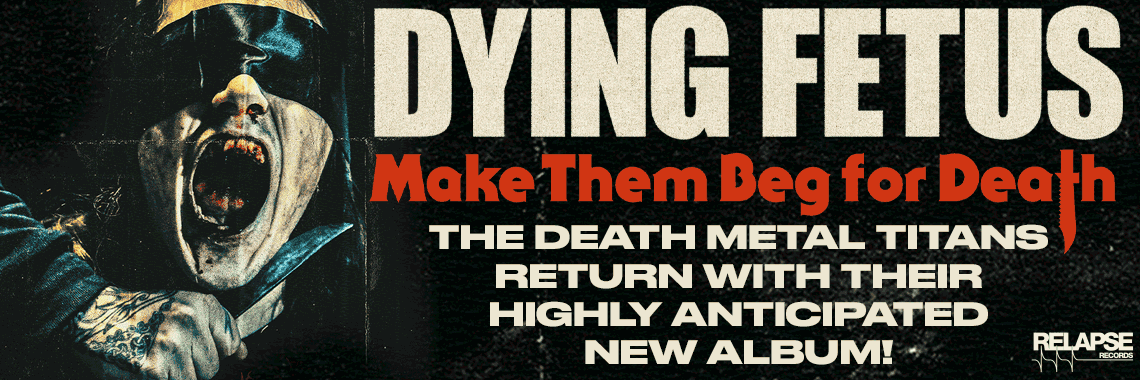
dB HoF no. 120
Wildhoney
Label: Century Media
Release date: 1994
——————————————
After Tiamat crawled out of black metal nasties Treblinka in 1989, the main principals—namely Johan Edlund (previously known as Lucifer Hellslaughter)—likely had no idea they’d be writing an album as groundbreaking and mind-altering as Wildhoney five years later. To be fair, Tiamat were never really analogous to their brethren in Stockholm, Tampa or Birmingham. From debut album Sumerian Cry through Wildhoney, the Swedes continuously expanded horizons, outgrew and outpaced the norms of the day, and rewrote (to some degree of indifference from death metal’s core audience) the rule book of what was possible in a genre easily startled into stagnation. Then again, hints of Wildhoney’s genius were present on previous albums. “Dead Boys’ Choir,” “On Golden Wings,” “In a Dream” and “The Sleeping Beauty” were beyond death metal’s then-zeitgeist. In these songs (there were many others, too), Tiamat were able to convey otherworldliness, of connecting to ancient lands long forgotten, to magic powers rarely harnessed, to sensory qualities not conveyed by wanton badassery. To put it bluntly, nobody was prepared for Wildhoney.
The year leading up to Wildhoney was anything but sane. Drummer Niklas Ekstrand, guitarist Thomas Petersson and keyboardist Kenneth Roos all split over musical differences in early 1994. This left Edlund and bassist Johnny Hagel in a bind. They didn’t have much material—some ideas, maybe a song or two—and struggled with where to take the band musically. At the time, Edlund was heavily into progressive rock—the likes of Pink Floyd and King Crimson—but it took a call to Century Media labelhead and confidant Robert Kampf to kick off songwriting in earnest. That producer and longtime friend Waldemar Sorychta was available to provide guidance and offer his musical prowess is perhaps even more pivotal. With Kampf and Sorychta firmly in Edlund and Hagel’s corner, Tiamat were limitless. The addition of drummer Lars Sköld and guitarist Magnus Sahlgren contributed to the album’s groundbreaking awesomeness.
While Tiamat didn’t have much of a stateside presence, in Europe—specifically Germany—the band’s fourth album was a watershed moment. Both for Tiamat and Century Media. Wildhoney hit the German charts like few underground metal albums of the day. For 10 weeks, it stayed on the charts, peaking at position 29. Throughout the ’90s Germans (and the rest of metaldom, in fact) couldn’t get enough Wildhoney. Leadoff track “Whatever That Hurts,” “Gaia,” “The Ar” and “Visionaire” were wondrous examples of Tiamat’s flexibility, deft musicianship and no-holds-barred vision. The term “atmospheric” was used to describe Tiamat before, but on Wildhoney, the subgenre was firmly created. What really shocked longhairs, however, were the unlikely end points in “Do You Dream of Me?” and “A Pocket Size Sun.” At no point in death metal’s timeline were songs about girlfriends and bucolic drug use (we think) set to echoplexing guitar gymnastics and lullaby-like songwriting the epitome of cool. Suddenly, they were.
Tiamat didn’t know that the effects of Wildhoney would reverberate throughout the subsequent decades. The Swedes had no real clue that they’d influence hundreds, if not thousands of bands with a single slice of their “solar knife.” The current and ex-members of Tiamat were somewhat dumbfounded that they’d be talking in depth about an album from 20 years ago. Welcome, Wildhoney. The Hall has been waiting for you. A cup of psilocybe tea and overfilled toothpaste tubes are in your room on the nightstand next to the bed.
To read the entire article, purchase this issue from our online store.




